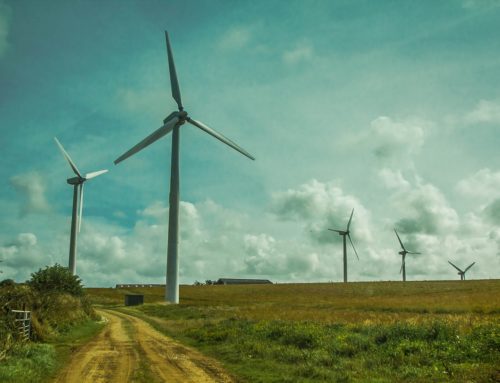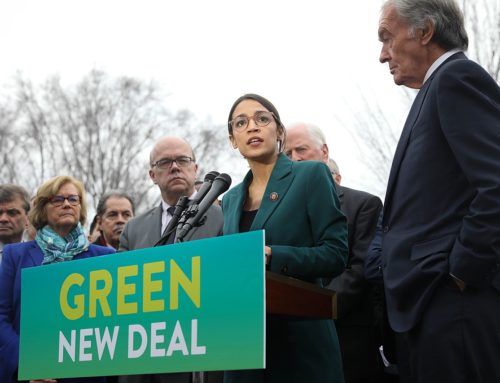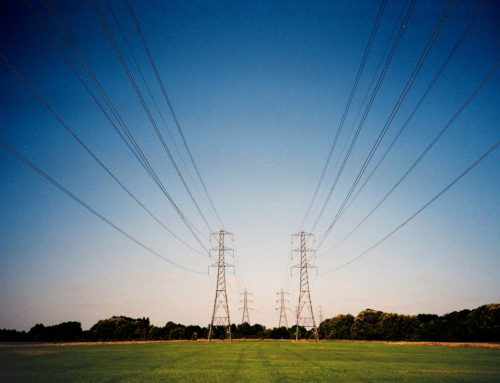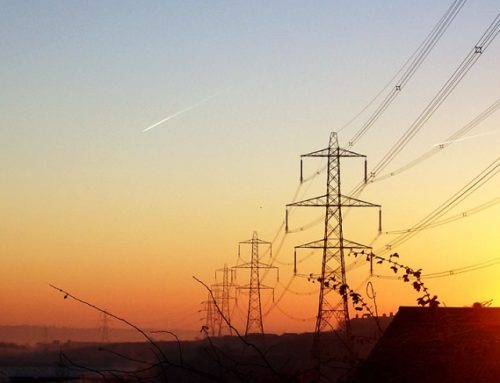by Chloe Bines
5 minute read
Today sees the closure of the Renewable Obligation (RO) to solar PV developments greater than 5 MW, two years ahead of the closure of the scheme for all technologies. In the past, when the Feed-in Tariff (FiT) has been reduced (or ‘degressed’) for solar PV, the industry has risen phoenix-like from the ashes, even when it was expected to take a severe knock. But will this latest blow put a stop to its expansion, or will it be back to business as usual as soon as the industry adapts?
Burning through the budget
DECC argues that it needs to close the RO to large-scale solar PV because deployment is significantly ahead of expectations and poses a substantial risk to the Department’s ability to manage the Levy Control Framework (LCF) budget. That’s a view contested by the Solar Trade Association (STA), which argues that spending on the solar RO amounts to just over 1% of the total spent on the RO under the LCF. However, 1% of a large number (£3.8 billion for 2014/15) is still a large number, so perhaps DECC has a point. But if DECC was thinking of patting itself on the back for bringing the budget under control, it should look at solar’s track record of ingenuity in the face of seemingly damaging subsidy cuts.

Signs of a solar slowdown? Image adapted by Peter Jones from a photo by Albert Bridge, via Wikimedia Commons.
The Government dramatically and unexpectedly fast tracked a review of the FiT in 2011 in response to record deployment levels. Despite widespread opposition from the industry, the review led to a substantial cut in support for large scale solar.
DECC’s accountants couldn’t breathe easy for long. Savvy developers soon realised that by increasing the size of the solar farms beyond 5MW they could achieve the economies of scale necessary to make installations a viable proposition under the RO. Whilst DECC sought to manage deployment by reducing the number of ROCs available to solar, it has continued to outstrip the Department’s expectations – hence the latest decision.
Making small beautiful
In its consultation on restricting the RO, DECC confirmed that it had considered whether to close the scheme to all new solar PV capacity from April 2015 but decided to keep it open to schemes of 5MW and below. That was because the expected rate of deployment for smaller solar PV projects poses less risk to the LCF than that of projects above 5MW. However, this decision may prove to be somewhat short sighted, with many forecasting a boom in the number of sub 5MW projects as the likely consequence of the realigned incentives.
The early signs are that these commentators may be right. The Renewable Energy Planning Database (REPD), published by DECC each month, tracks the progress of renewable electricity projects from inception, through planning, construction, operation and decommissioning. It’s a useful resource for those looking for early indicators of what the market is doing.

Planning applications for large solar installations are now being eclipsed by those for smaller ones. Source: DECC, REDP Database
As shown in the figure above, the REPD shows a significant drop-off in the number of new planning applications for schemes greater than 5MW, which in the early part of 2015 fell to the lowest levels in over eighteen months. Meanwhile the number of sub 5MW projects seeking planning approval has risen significantly, suggesting that many developers are preferring to develop smaller schemes under the RO rather than navigate the complex and competitive world of the Contacts for Difference (CfD) – the funding stream DECC is now keen to encourage.
The results of the first CfD allocation, released in February, are hardly likely to encourage developers away from the RO. Just five solar projects secured contracts, of which two were awarded a contract price barely above the current wholesale electricity price. Many industry analysts have linked the poor performance of solar in the CfD allocation to the imminent closure of the RO. They speculate that the low allocation for solar was because few projects entered the auction, as developers concentrated their efforts on completing RO projects ahead of the closure. Others have suggested that the looming exclusion gave many developers little choice but to bid low, which would explain the almost 60% reduction on the administrative strike price achieved in the auction.
Contract indifference
Despite optimism among some industry spectators that solar PV will be more successful in the next CfD round, the early indications are that the industry is more likely to adapt to the new rules of the tried and tested RO, at least until 2017. This is unlikely to be the outcome that DECC was hoping for as increased deployment of sub 5MW schemes will continue to put pressure on the LCF.
If that is the case, the Department’s likely reaction will be a further swift change to the RO scheme. DECC has already warned the industry that it will monitor the deployment pipeline of solar PV schemes of 5MW and below and, if necessary, it will take further measures to protect the LCF if it appears that deployment is growing more rapidly than can be afforded.
Developers hoping to profit from smaller schemes have therefore been forewarned that the window of opportunity is unlikely to be open for long, and the predictable result is just the sort of stampede of new projects that will prompt action by DECC.
It is perhaps then industry, not just the Government, that is guilty of adopting a short term approach to solar PV subsidy. Regardless of whether DECC intervenes again, the RO will close completely in two years’ time, with grid parity for solar still some years away in the UK. Until the solar industry reaches the point where it can compete effectively on price with other forms of generation, it will either need to embrace the CfD or find new business models if it is to continue to thrive and expand.
The phoenix needs to resist becoming an ostrich – burying its head in the sand and sticking with the RO until the bitter end is not a recipe for success. The industry should embrace the opportunity to switch to the CfD system whilst it still has the support of the RO, rather than set itself up for an all too predictable boom and bust over the next two years.






I think: our future is renewable energy and a technology without waste.